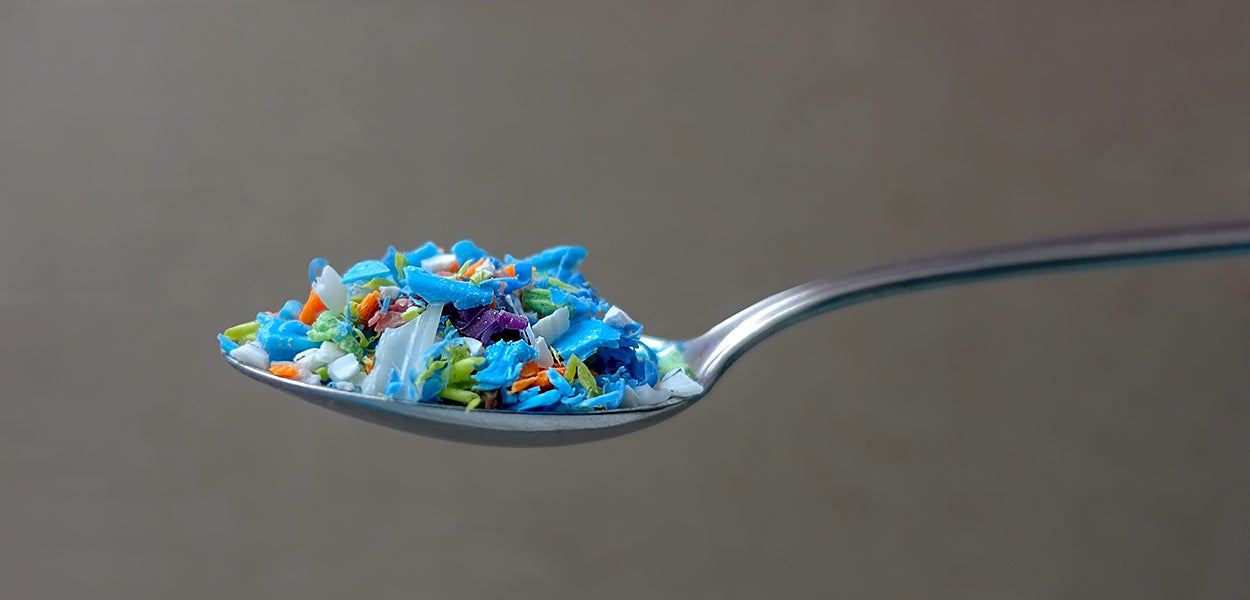Up to one in six women experience difficulties becoming pregnant or carrying pregnancy to term. Despite the increasing use of assisted reproductive technologies (ART), the success rates of these treatments remained the same. For about one in four couples, ovarian disorders are the cause of fertility problems. The ovaries play an important role in hormone production and formation of oocytes (“eggs”). It is therefore reasonable to assume that human-made chemicals that disrupt the hormone system contribute to the rates of infertility.
Chemicals in fluid around the oocytes
As part of the FREIA study, 185 Swedish women and 148 Estonian women undergoing fertility treatment had the fluid surrounding the oocytes (follicular fluid) tested for the presence of 59 known and suspected endocrine-disrupting chemicals. Multiple chemicals were detected in all follicular fluids. In more than 90 per cent of the follicular fluid samples, three metabolites of the phthalate DEHP, the preservative methylparaben and six types of PFAS were detected, known for non-stick coatings in pans.
Lowered chance of establishing a pregnancy or live birth
The ovaries of women with higher levels of DEHP, methylparaben and possibly PFUnDA and PFOA responded less to fertility treatment, established by calculating the ovarian sensitivity index (OSI). There were indications that some PFAS lowered the success of fertility treatment, determined by chance of establishing a pregnancy or live birth. The full results of the study led by toxicologist Majorie van Duursen and involving analytical chemist Marja Lamoree of VU Amsterdam, have been published in Environmental Research.
Improved measures to combat endocrine-disrupting chemicals
This study adds to the increasing evidence that endocrine-disrupting chemicals can contribute to female infertility and warrants interventions to lower exposure to these substances
Leading Dutch current affairs programme Nieuwsuur recently reported on the impact of endocrine disruptors on male and female fertility. In this report, Majorie van Duursen talks about the relevant research being conducted at VU Amsterdam.
